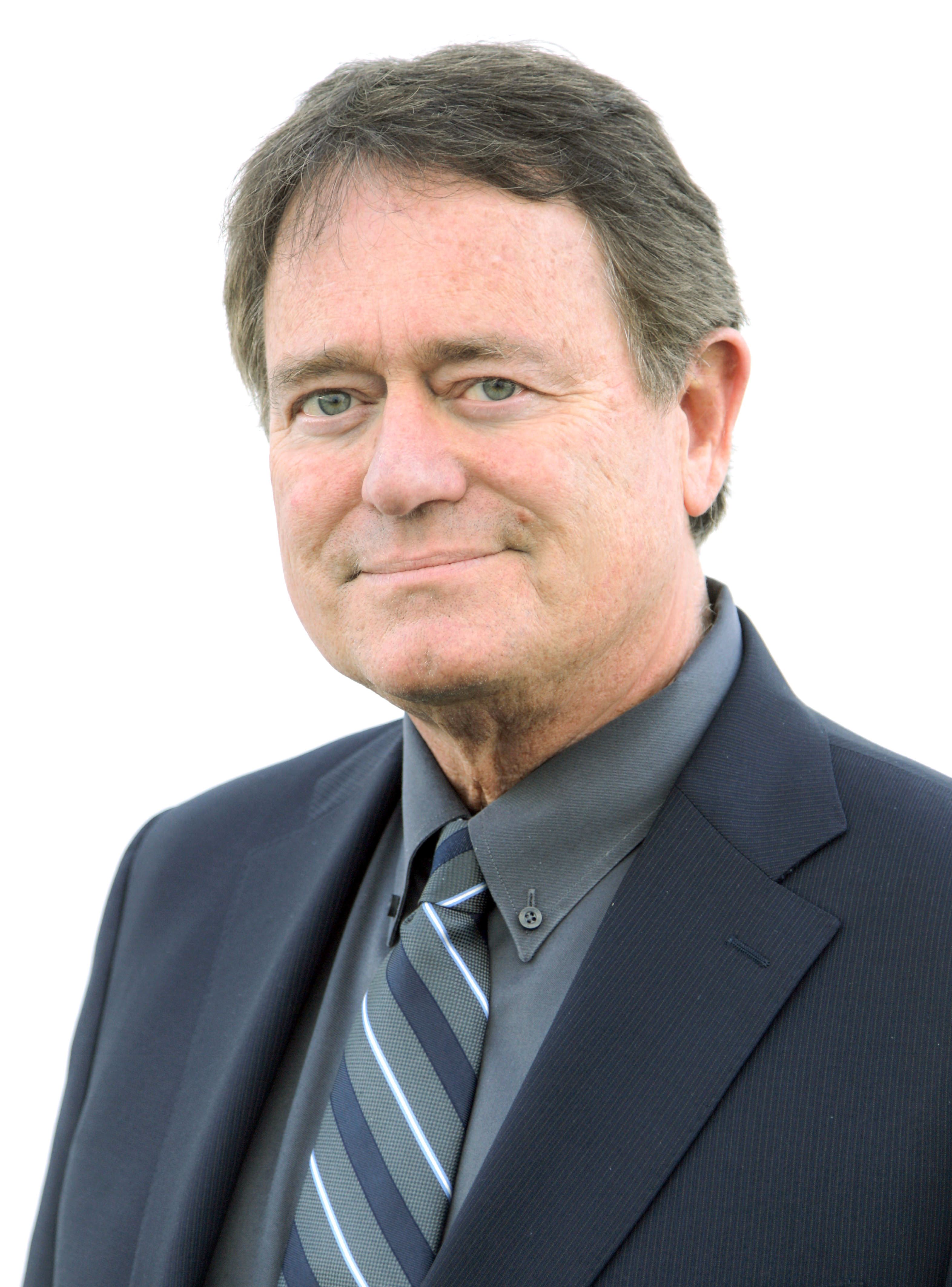Work Progresses on DRL Standard
ATSC works to provide for automated ENG transmitter control, more efficient use of BAS
WASHINGTON: The ATSC Specialist Group on Digital Electronic News Gathering is making progress on developing a specification for the DRL (Data Return Link) system for ENG use. This work, which began in February in the TSG/S3 committee, is being led by Dane Ericksen of Hammett & Edison Consulting Engineers, who represents the Society of Broadcast Engineers on this project.
ABOUT DRL
Prompted by a suggestion from the SBE, the FCC, in ET Docket 95-18 Third Report and Order (Nov. 10, 2003), created two 500 kHz DRL bands at the lower and upper edges of the re-farmed 2,025-to-2,110 MHz TV broadcast auxiliary service band. Forty 25 kHz DRL channels were created--20 in the lower DRL band, and 20 in the upper DRL band. The purpose of these channels is to allow a feedback or return link to be established from an ENG-RO (receive-only) site to an originating ENG truck. The link is intended to allow automatic transmitter power control by ENG trucks, and more efficient use of the seven 2 GHz TV BAS channels.
However, ET 95-18 did not adopt technical or operating rules for DRL channels. There is, accordingly, a need for the appropriate technical specifications to be developed, including: Basic system parameters such as modulation type, occupied bandwidth, radiated power, emission mask, and frequency stability; protocols and signaling and operational issues such as data transmitted, priority of messages, and station identification.
With proper implementation of a DRL system, only the necessary amount of ENG output power is used to achieve reliable transmission. This facilitates more efficient use of the current ENG spectrum by minimizing the likelihood of interference among users in a given market or geographic location. It should be noted that any location may become frequency-congested in response to a major news or sporting event.
ABOUT S3
TSG/S3 is working to develop a standard that provides the necessary specifications to construct a DRL system. The document will further specify the mechanisms necessary for basic identification and power control of TV BAS transmitters, in either an automatic or manual mode. At this point, the S3 work is focusing on defining transmission parameters only. Specific receiver implementations would be left to the discretion of vendors.
The DRL system consists of a 2 GHz DRL microwave transmitter and antenna situated near the height of the central receive antenna. Some vertical separation between the DRL transmitting antenna and the ENG receiving antenna should be used, to minimize the coupling between the outgoing DRL signal and the incoming ENG signal. This vertical separation should not be too large or different line-of-sight conditions will exist for the two antennas. DC and control information is supplied to the microwave transmitter via a specified cable interface. A 2 GHz DRL receiver is utilized at the ENG truck, which interfaces with the ENG transmitter.
As currently planned, there will be two basic operating modes of the DRL system:
* Beacon mode: The initial operating mode of the DRL system in which the communication link is established and the general operating parameters are set.
* Transport mode: An operating mode of the DRL system in which data is relayed between the ENG-RO site and the ENG truck.
The current S3 work is focusing on developing the beacon mode, with the transport mode to follow.
In beacon mode, an RF watermark signal is transmitted at full power and serves three purposes:
* Homing beacon;
* Signal identifying the responding ENG-RO site;
* Provide data on the receive carrier level of the incoming digital feed.
Once a DRL link has been established, the transport mode may be used.
In transport mode, the RF watermark information will be transmitted at a reduced power level (approximately 15 dB lower) so as to permit the transmission of private data from the ENG-RO site to an ENG truck (or other ENG platform).
The transport mode is intended to accommodate a situation where an ENG truck has line-of-sight to an ENG-RO site, but not to the station's main DTV transmitting antenna. For this situation, the ancillary data portion of the 8-VSB broadcast signal might not be available for communication from the DTV station to an ENG truck. However, a DRL channel, originating from an ENG-RO site that does have line-of-sight to the ENG truck could then be used for data transfer, albeit with a smaller throughput than that available using the station's DTV signal.
The draft DRL specification is being written now within the S3 specialist group. Interested persons and organizations are encouraged to participate in this work. The S3 effort, as all other standards development work at ATSC, is open to those with a direct and material interest. Most of the document development and revision is done via e-mail reflectors and scheduled conference calls, so participation in the work does not require attending face-to-face meetings, which can often be a travel burden. If you are interested in contributing to this work, or offering suggestions on operational issues, please contact the author or Dane Ericksen.
Detailed information on current work within ATSC is available from the ATSC Web site, www.atsc.org.
Jerry Whitaker can be reached at jwhitaker@atsc.org.
The professional video industry's #1 source for news, trends and product and tech information. Sign up below.

